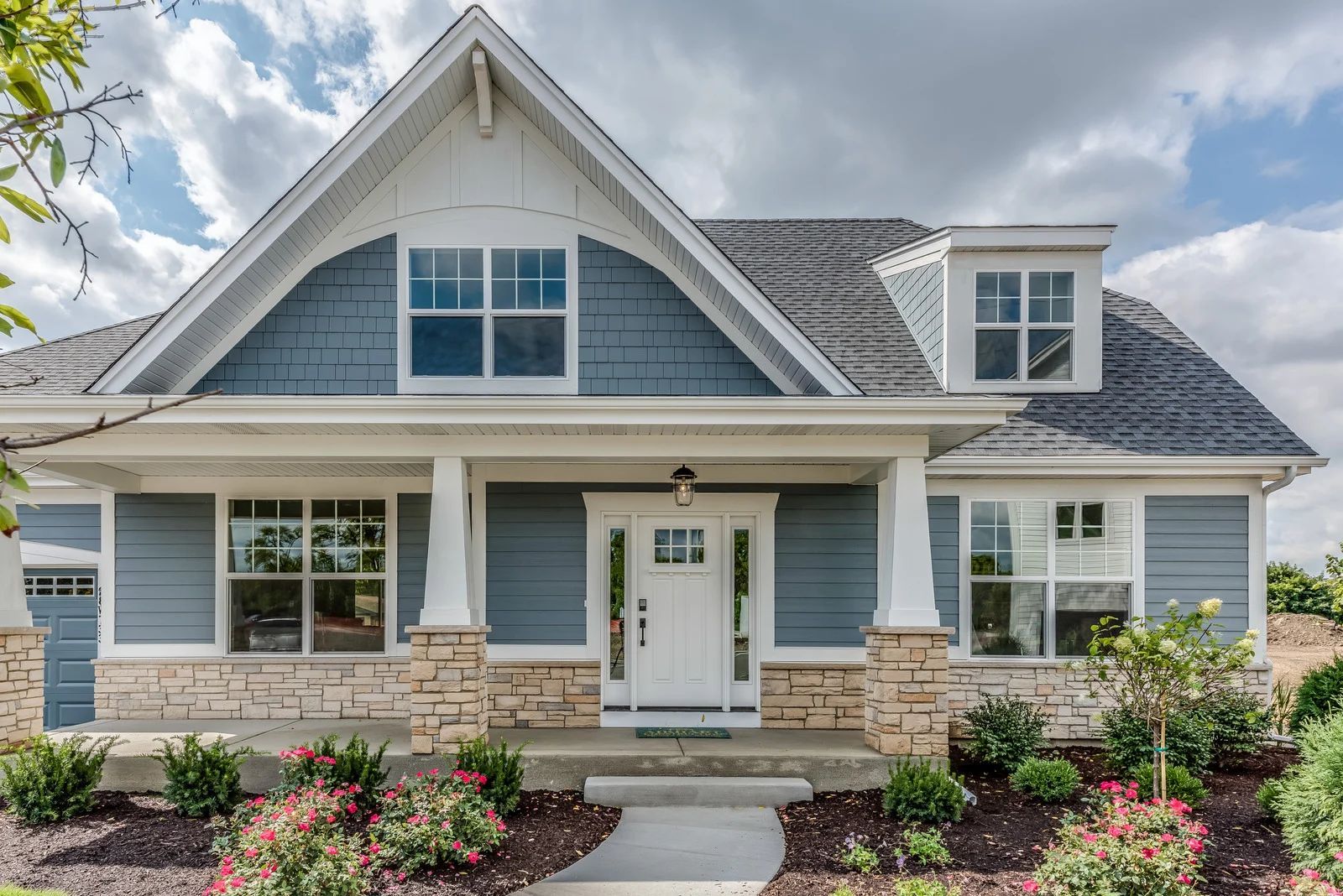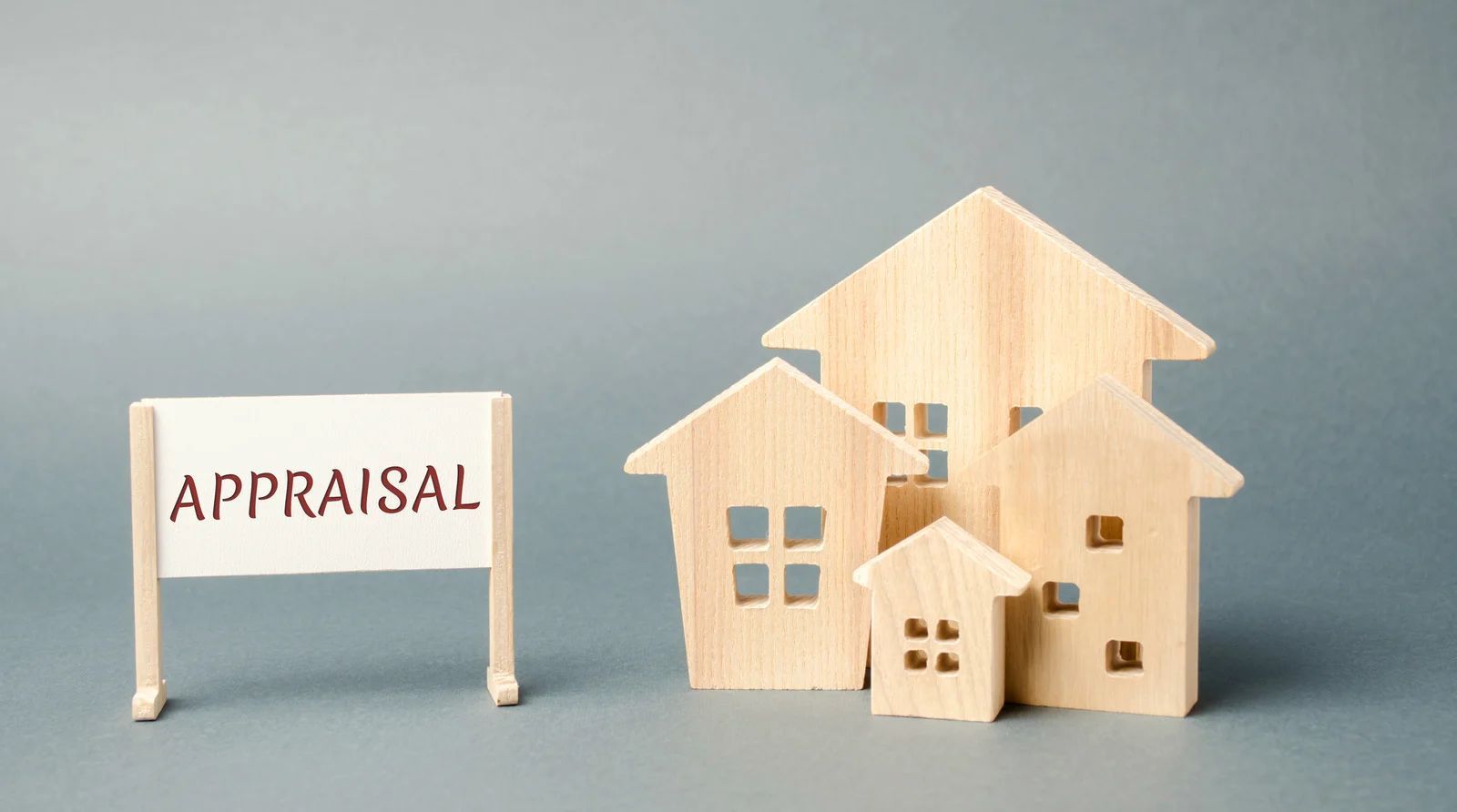Understanding Multi-Family Property Appraisals: A Guide for Investors
June 3, 2025

Investing in multi-family properties can be a lucrative venture, but understanding their appraisal process is crucial for making informed decisions. Unlike single-family homes, multi-family properties are valued based on their income potential, location, market conditions, and overall condition. Whether you're buying, selling, or refinancing, a thorough appraisal ensures you're getting the right valuation for your investment. This guide will walk you through the key aspects of multi-family property appraisals and what investors should consider.
Key Factors in Multi-Family Property Appraisals
1. Income Approach to Valuation
Multi-family properties are primarily valued based on their income potential. Appraisers use the income approach, which considers the net operating income (NOI) and the capitalization rate (cap rate) to determine the property’s value. The formula used is:
Property Value = Net Operating Income ÷ Cap Rate
A property generating high rental income with low expenses will have a higher appraised value. Investors should focus on increasing NOI by optimizing rental rates and reducing operational costs.
2. Market Comparisons and Sales Approach
Appraisers also consider the sales comparison approach, which involves evaluating similar multi-family properties in the area that have recently sold. However, since no two multi-family properties are identical, adjustments are made based on differences in size, amenities, location, and condition.
Investors should research comparable properties in their target market to understand pricing trends and how their property stacks up against the competition.
3. Physical Condition and Property Inspection
The overall condition of the building plays a significant role in its appraisal value. Factors such as the age of the property, structural integrity, maintenance history, and quality of renovations impact valuation. Appraisers assess:
- Roofing, plumbing, and electrical systems
- Exterior and interior conditions
- Common areas and amenities
- Unit layouts and upgrades
Properties in good condition with modern upgrades typically receive higher valuations, while those needing repairs may be appraised lower. Investors should maintain their properties well to maximize their value.
4. Location and Neighborhood Analysis
The property’s location heavily influences its value. Appraisers analyze:
- Proximity to employment centers, schools, and transportation
- Crime rates and overall neighborhood desirability
- Future development and zoning regulations
- Rental demand in the area
A multi-family property in a high-demand neighborhood will have a stronger appraisal value due to increased tenant interest and higher rent potential. Investors should study the area’s market trends before purchasing.
5. Operating Expenses and Financial Stability
An appraiser reviews the property’s financial statements, including rental income, vacancy rates, and operating expenses. A stable income stream with minimal vacancies and efficient expense management results in a higher valuation. Investors should maintain accurate financial records and optimize operational efficiency to enhance their property’s worth.
Maximize Your Investment with a Professional Appraisal
A professional multi-family property appraisal ensures you make smart investment decisions based on an accurate market valuation. Whether you're planning to buy, sell, or refinance, having a reliable appraisal helps in securing financing, negotiating deals, and optimizing your return on investment.
At Moore 4-U Appraisals, we have been providing expert property appraisal services in Wake Forest, NC, for 20
years. Our team specializes in multi-family property valuations, helping investors get the most accurate insights for their real estate portfolios. Contact us today to schedule an appraisal and make informed investment choices!





